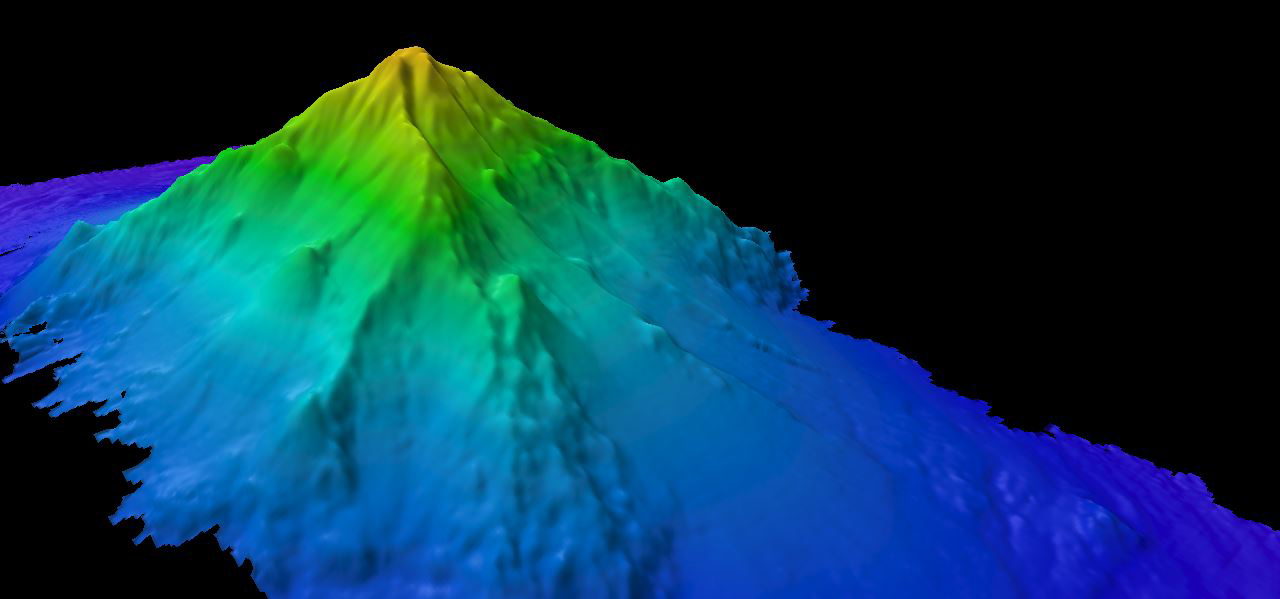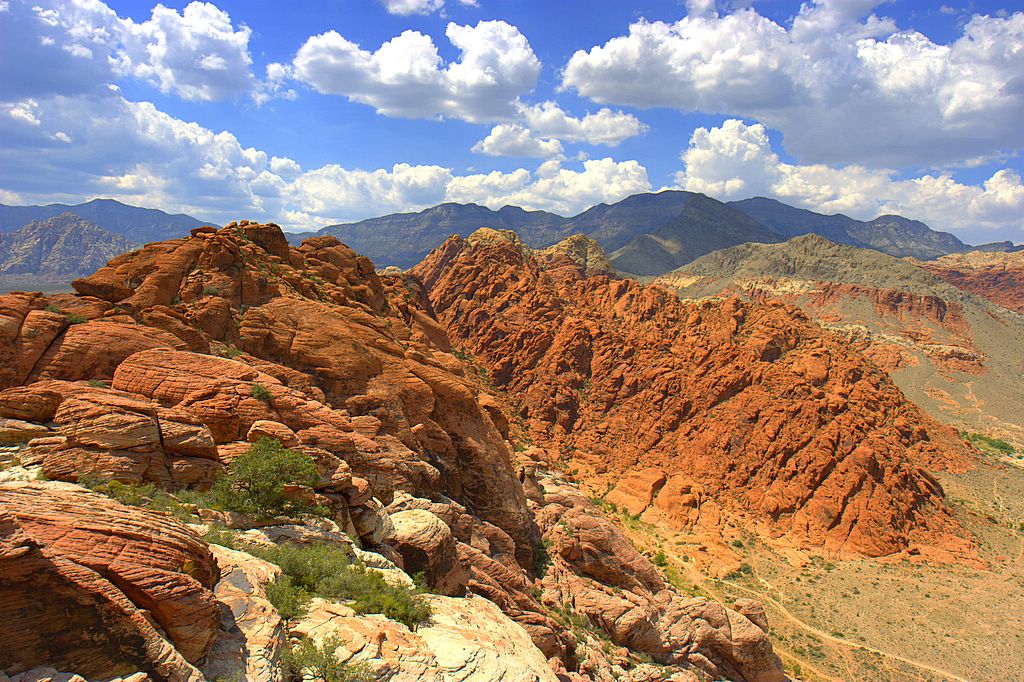Featuring image: Lava lake in Hawaii Volcanoes National Park, May 1954. Photo by J.P. Eaton, Public Domain (C0).
Paper: Did transit through the galactic spiral arms seed crust production on the early Earth?
Authors: C.L. Kirkland, P.J. Sutton, T. Erickson, T.E. Johnson, M.I.H. Hartnady, H. Smithies, M. Prause
Plate tectonics reshape the face of Earth over long periods of time, but how the first continental crust evolved is still unclear. Now, a new investigation of very old rocks showed that Earth structure might have been influenced by the galactic dance of our solar system through the Milky Way.
The dating of old continental crust from the Precambrian (2.8 – 3.6 billion year old rocks) indicates that the formation of continental crust happened in cycles. Scientists discovered these cycles, which indicate that the crust didn’t form continuously, decades ago by dating minerals contained in continental crust all over the globe. Now, new research suggests that these cycles correspond to the periods where Earth passed through the spiral arms of our galaxy, the Milky Way.
Continue reading “The seeds of continental crust”





